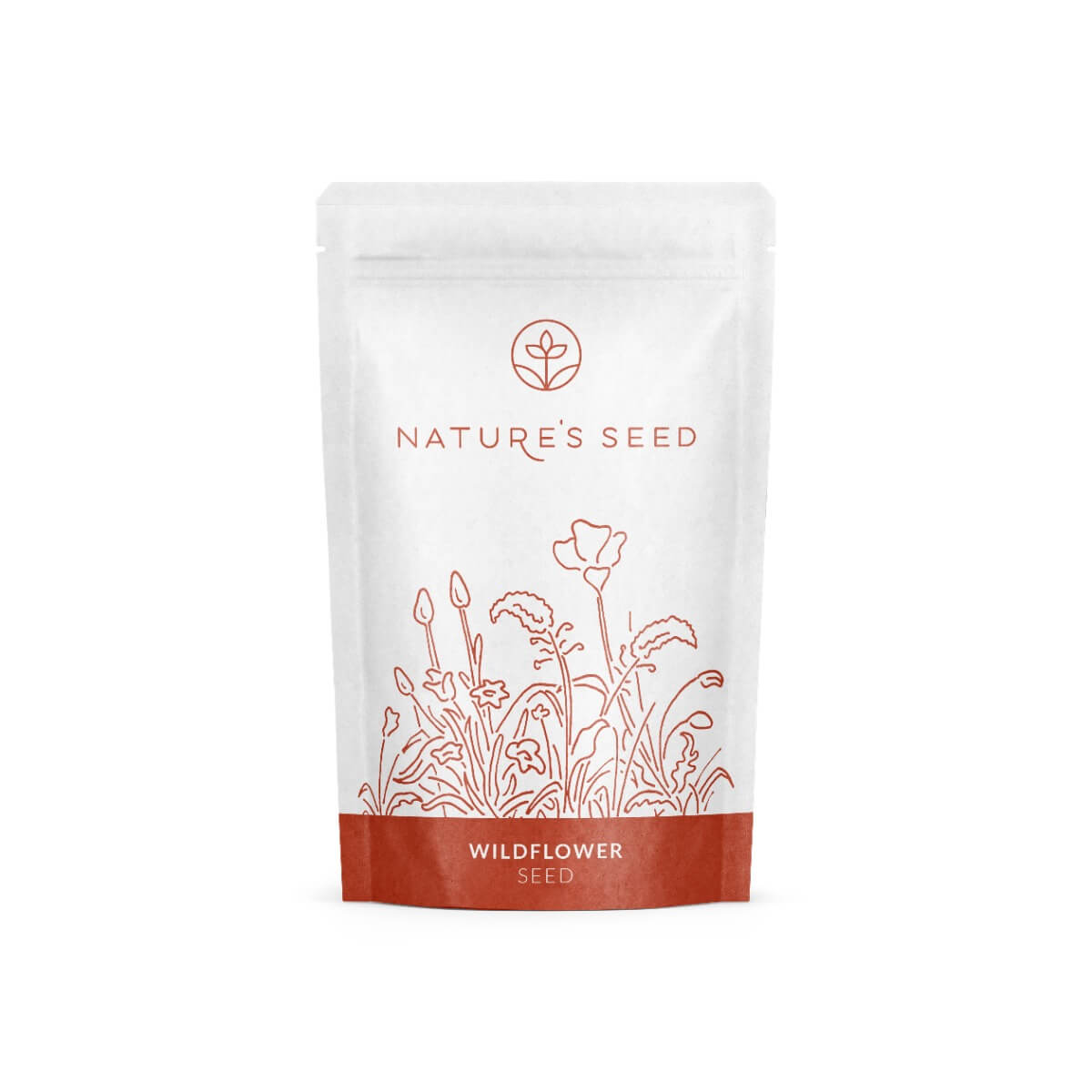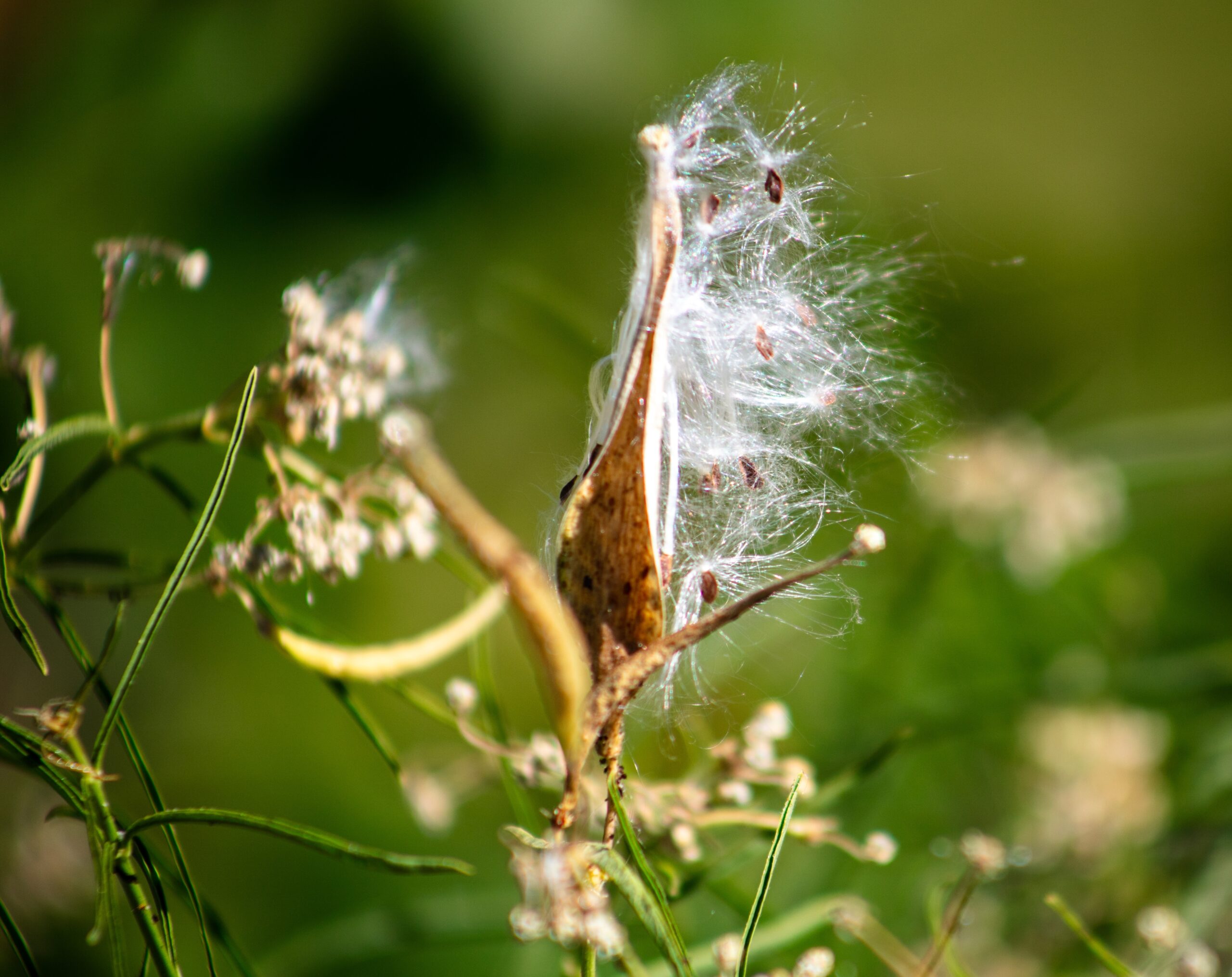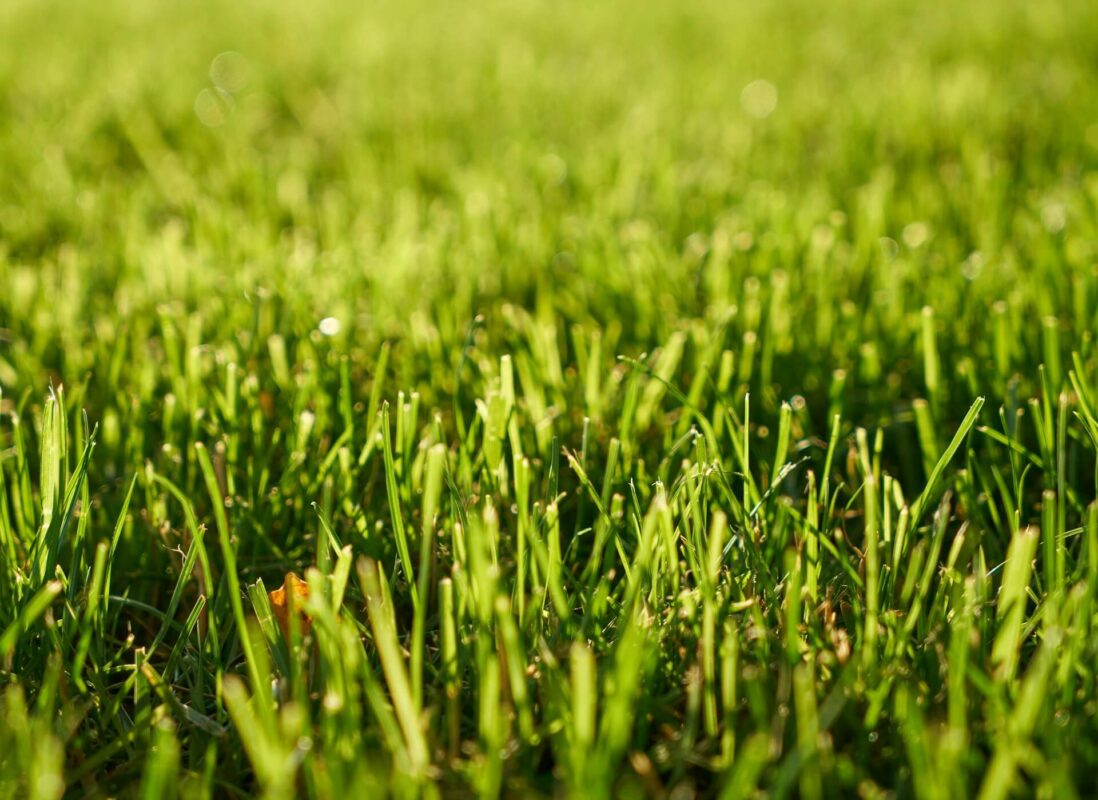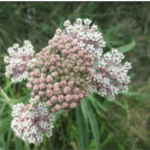
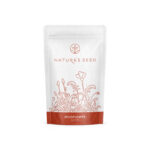
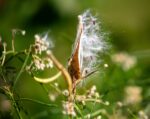
What is Narrowleaf Milkweed?
Narrowleaf Milkweed is a native perennial flower found across the western U.S. It grows 2–4 ft tall with slender stems and narrow, pale green leaves. From late spring through summer, it produces clusters of star-shaped flowers in pale pink, lavender, or white. Drought-tolerant and low-maintenance, it thrives in full sun and well-drained soils. A key plant for monarch butterflies and other pollinators, it also adds visual interest with fall seed pods.
Specifications
Sun Requirement
Full Sun to Partial Shade
Soil Preference
dry, lean soils
Soil pH
around 6.5–7.5
Time to Maturity
7-21 days
Height when mature
Mature plants reach about 2–3 ft tall
Seeding Rate
1-2 lbs/acre
Planting Depth
1/8 inch
Narrowleaf Milkweed
Asclepias fascicularis | SKU: W-ASFA
Check your ZIP code to know if this seed works for you
Check Your ZIP Code
×Enter your ZIP code to see if this seed works in your region:
Why Choose This Seed?

Pollinator Habitat
Its fragrant flowers attract bees, butterflies (especially monarchs), and hummingbirds. Monarch butterflies must lay eggs on milkweeds: narrowleaf milkweed is a vital host and larval food plant for monarchs in the West. Other beneficial insects (beetles, wasps, moths) also visit. By planting this species you enhance local biodiversity and support declining pollinators.
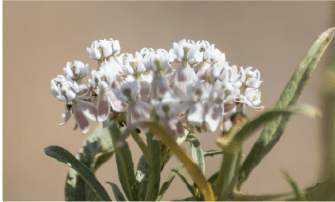
Ornamental Value
The plant’s showy flower clusters and slender, silky seed pods add aesthetic interest in gardens, wildflower meadows, or naturalized plantings. It blooms for a long season (summer), providing color and vertical accent. Its fine-textured foliage and delicate umbels make it attractive in mass plantings or mixed borders. Dried pods can be used in floral arrangements.

Drought and Deer Resistance
Once established, narrowleaf milkweed requires very little water, making it ideal for drought-prone areas. It is also deer-resistant (wild deer tend to avoid its bitter taste). These traits make it useful in xeriscaping and low-maintenance landscaping.
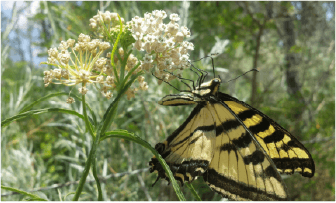
Native Plant & Restoration
As a native Western species, it is excellent for habitat restoration, erosion control on dry slopes, and pollinator gardens. It naturally colonizes disturbed sites, helping stabilize soils and restore prairie or roadside habitats. It also provides winter cover when left standing (birds use stems).
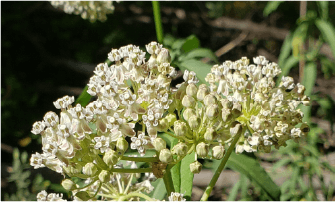
Wildlife Safety
While toxic if eaten, the plant itself is safe habitat for wildlife. Monarch larvae thrive on it, and its nectar nourishes many species. Birds use its fibers. Thus having milkweed greatly benefits ecosystem health.
Seed Description
Product Details
Sun/Shade
Full Sun
Height
2–3 ft tall
Seeding Rate
1-2 lbs/acre
Uses
Pollinator Habitat, Ornamental Value, Drought and Deer resistant landscaping, Native Restoration crop
Color
Flower petals range from pale lavender or soft pink to white, often with a faint greenish or purplish tinge
Water
Needs consistently moist soil
Native/Introduced
Native species
Life Form
perennial forb
Wildflower Guide
Site Selection & Soil Prep
Choose a sunny spot with well-drained soilnativefloraseeds.org. Lightly till or remove weeds. No special amendments are needed; the plant prefers leaner soils. If your soil is very alkaline or clay, incorporate some compost to improve texture. Aim for a neutral to slightly alkaline pH (6.5–7.5).
Seed Preparation & Sowing
Asclepias fascicularis seed benefits from stratification. Fall sowing is ideal: broadcast or sprinkle seed on the surface in autumn and lightly cover (1/8–1/4 inch deep). The winter cold naturally stratifies the seed. Alternatively, stratify seeds by refrigerating them (moistened in a bag) 4–6 weeks before spring planting. In spring, sow seeds after the last frost at the same shallow depth (1/8–1/4″). Space seeds/seedlings about 1–2 ft apart. Seeds need light to germinate, so do not bury them deeply. Germination occurs in about 7–21 days under warm, moist conditions.
Watering & Early Care
Keep the soil consistently moist but not waterlogged during germination and the first few weeks. Once seedlings emerge, thin them if overcrowded. After establishment, water sparingly; plants become drought-tolerant. Weed carefully around young plants to reduce competition. Apply a light mulch to conserve moisture (avoid thick mulch that could keep stems too wet in winter).
Maintenance
After flowering, you may deadhead spent blooms to prevent unwanted self-seeding (if you want to control spread). Otherwise, leaving seed pods will feed birds and allow natural reseeding. In late fall or winter, cut back old stalks if desired (or leave them standing for wildlife). Avoid pesticides (milkweed hosts monarch larvae and other beneficial insects. Expect plants to die back in winter and re-emerge from the crown each spring. With minimal care, narrowleaf milkweed will bloom from the second growing season onward
Caution – Toxicity
All milkweeds contain cardiac glycosides. Narrowleaf milkweed’s sap and foliage are poisonous to livestock, pets and humans if ingested. Signs include vomiting or heart distress. However, toxicity deters grazing: animals usually avoid it unless food is very scarce. It is safe for wildlife and pollinators (monarchs sequester the toxins for their own defense). So on grazing land, avoid letting cattle or horses eat large quantities (do not include in hay).
Resources and Tools
Articles & Guides
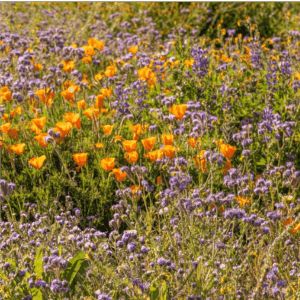
Wildflower Seed Planting Guide
Questions & Answers
What kind of soil and sun does Narrowleaf Milkweed need?
It grows best in full sun (at least 6–8 hours daily). It prefers well-drained soil and tolerates a wide range of soils (sandy, loamy, or even clay) as long as drainage is good. It does not need rich soil; in fact overly fertile ground can hamper it.
What soil pH does it prefer?
Narrowleaf milkweed likes neutral to slightly alkaline soils (roughly pH 6.5–7.5). It tolerates most pH ranges but won’t do well in very acidic conditions.
How tall does it grow and what does it look like when mature?
Mature plants are about 2–3 ft tall (occasionally to 4 ft including flower stems). They have thin stems with narrow, whorled leaves. In summer each stem top produces one or more umbels (4–5″ across) of star-shaped flowers. Blooms are pale lavender, pinkish-white or pure white, giving a soft, airy look in a group. Leaves remain sparse and many stems yield a loose clump.
When will it bloom and how long until seedlings flower?
Narrowleaf milkweed typically blooms in summer into early fall (June–September). If started from seed, plants usually take until the second growing season to flower. (Seedlings often form foliage in year one and bloom in year two.) Once mature, expect a long bloom period each year.
Is it native or invasive? Can it take over my yard?
Narrowleaf milkweed is native to the western U.S. (Pacific Northwest, California, Great Basin). It is not a noxious weed. In fact, “over 100 species of milkweed are native, and none are considered noxious weeds”. It can slowly spread by underground stems and drop seed, but in its native range it is not aggressive. It will not typically overrun a garden, especially if you deadhead or thin it. Outside its native zone one should check local guidance, but generally it’s not invasive.
What wildlife uses this plant?
It’s a key host plant for monarch butterflies. Monarchs lay eggs on milkweeds, and the caterpillars feed only on milkweed leaves. The flowers provide nectar to bees, butterflies, hummingbirds and other pollinators. Birds and small mammals use the fluffy seed hairs for nesting material. In summary, it greatly benefits local ecosystems and wildlife.
Still have
questions?
Our planting experts
are here to help.
customercare@naturesseed.com
Response time:
Within 1 business day
Reviews
| Dimensions | 20 in |
|---|---|
| Sun/Shade | |
| Est Rate | |
| Height | |
| Seeding Rate | |
| Color | , , |
| Water | |
| Native | |
| Life Form | |
| Blooms | , |
| Lowest price | |
| Seeds Per Pack or Pounds | , , |
| Coverage Area | , , |
Related Products
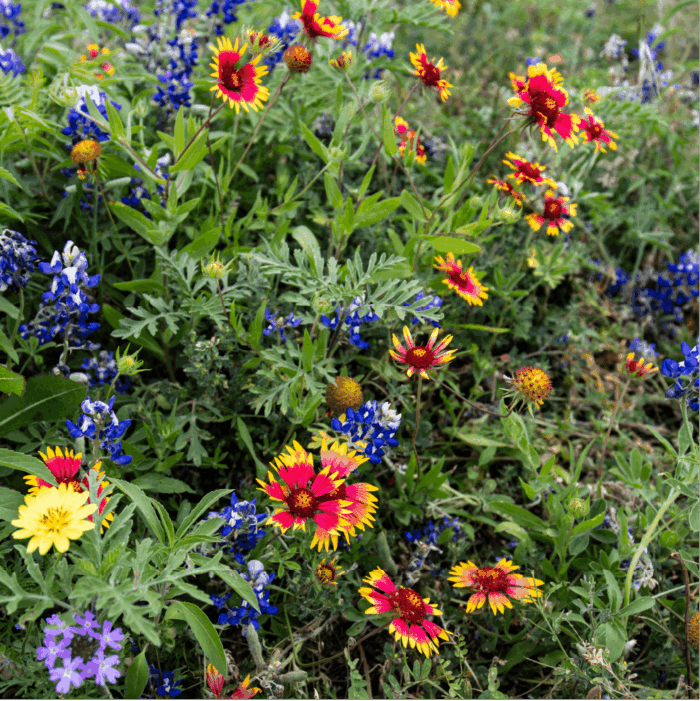
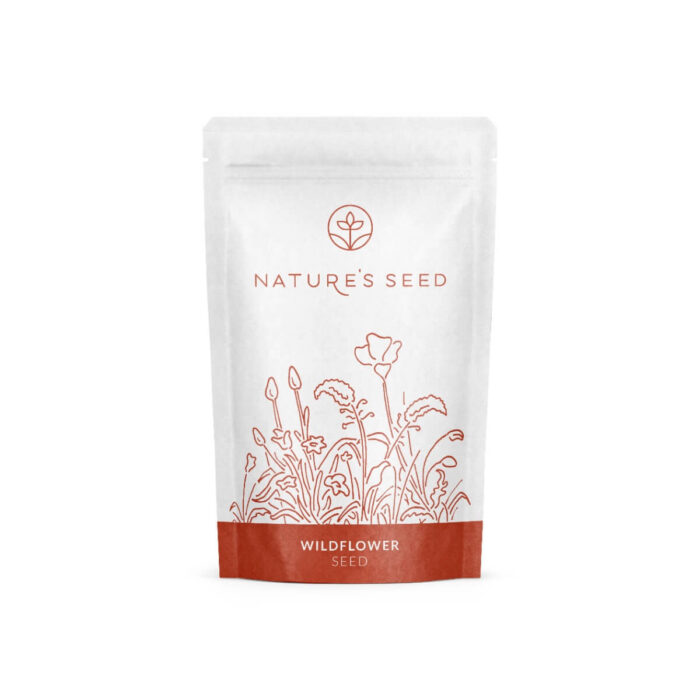
Annual Wildflower Mix
(4.7) - 145 reviews
$25.99/lb
Cattle, Poultry, Sheep
Northern USDA Regions (3-5), Southern USDA Regions (8-10), Transitional USDA Regions (6-8)
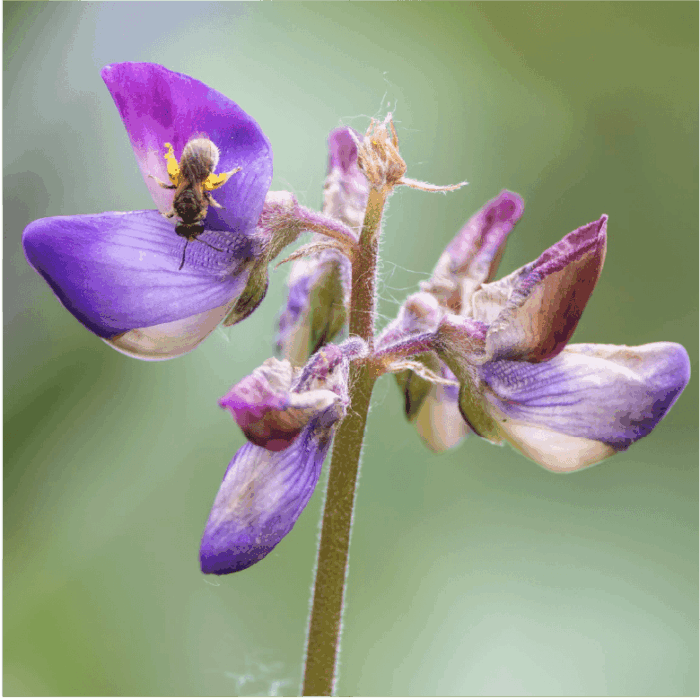
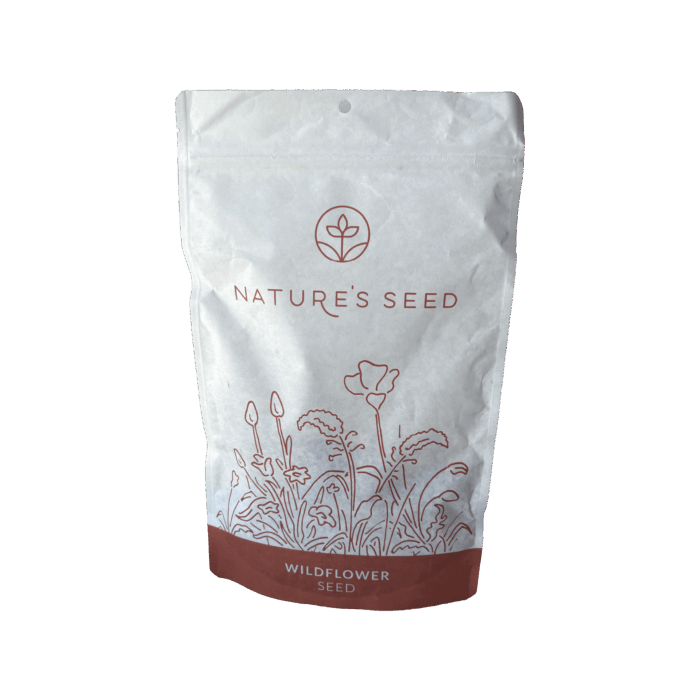
Arroyo Lupine
(4.7) - 145 reviews
$51.96/lb
Wildflower displays, restoration, slope stabilization, pollinator gardens
Southern USDA Regions (8-10), Transitional USDA Regions (6-8)
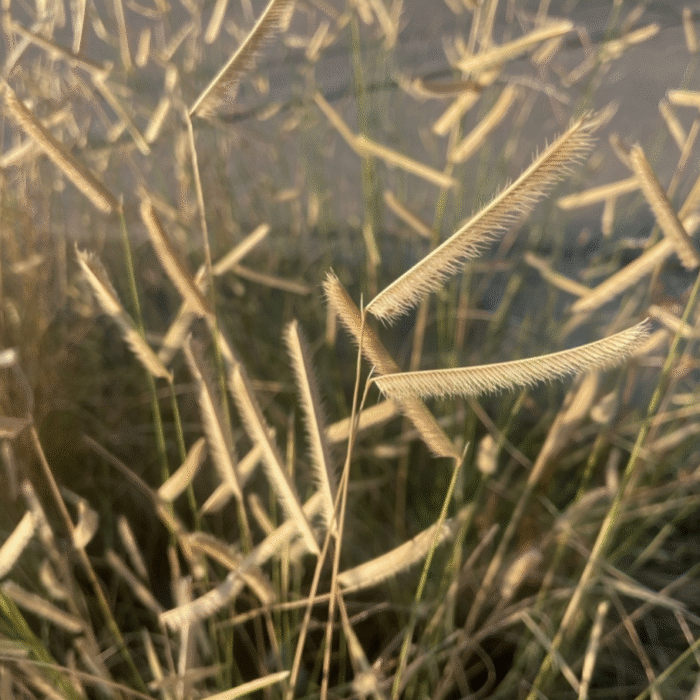
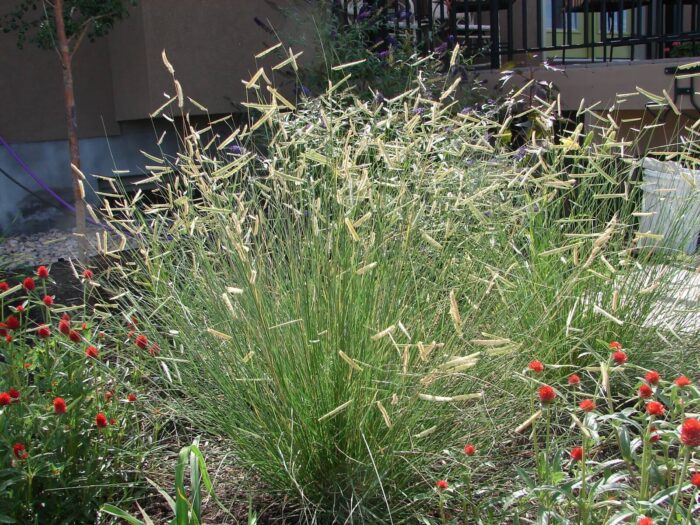
Blue Grama
(4.7) - 145 reviews
$55.40/lb
Cattle, Poultry, Sheep, Goats, Horse, Bison, Alpaca/Llama, Pig, Tortoise, Honey Bee
Northern USDA Regions (3-5), Southern USDA Regions (8-10), Transitional USDA Regions (6-8)
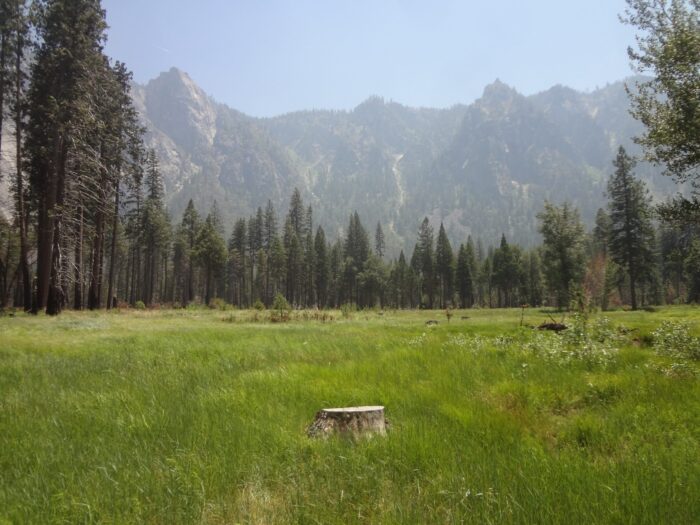
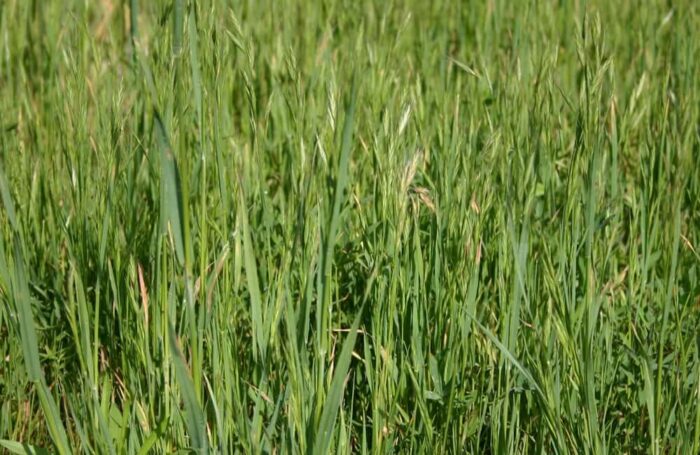
California Native Erosion Control Mix
(4.7) - 145 reviews
$35.00/lb
Erosion control, Sustainable landscaping, Wildlife Corridors, Native Meadows, Habitat restoration
Southern USDA Regions (8-10), Transitional USDA Regions (6-8)
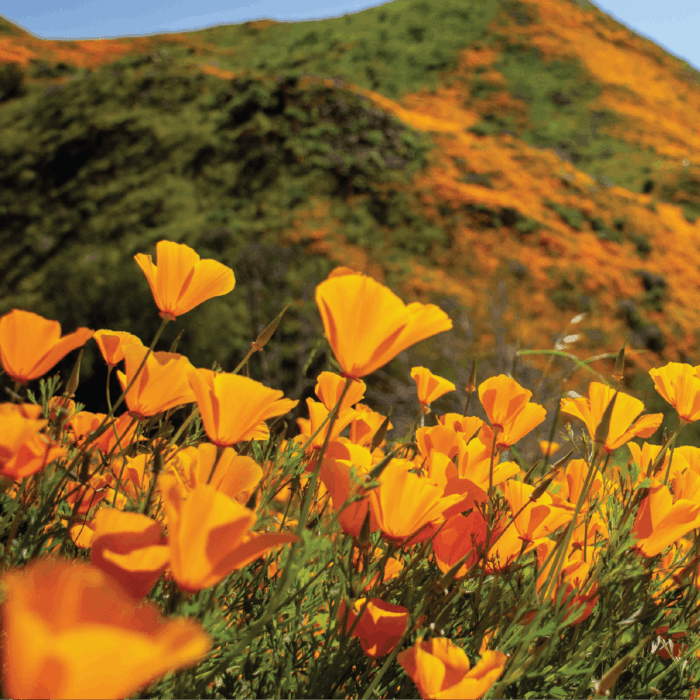

California Poppy
(4.7) - 145 reviews
$31.98/lb
California poppies offers ornamental color, supports pollinators, drought resistance, and minimal maintenance. They’re ideal for creating sunny, low-water wildflower displays.
Southern USDA Regions (8-10), Transitional USDA Regions (6-8)
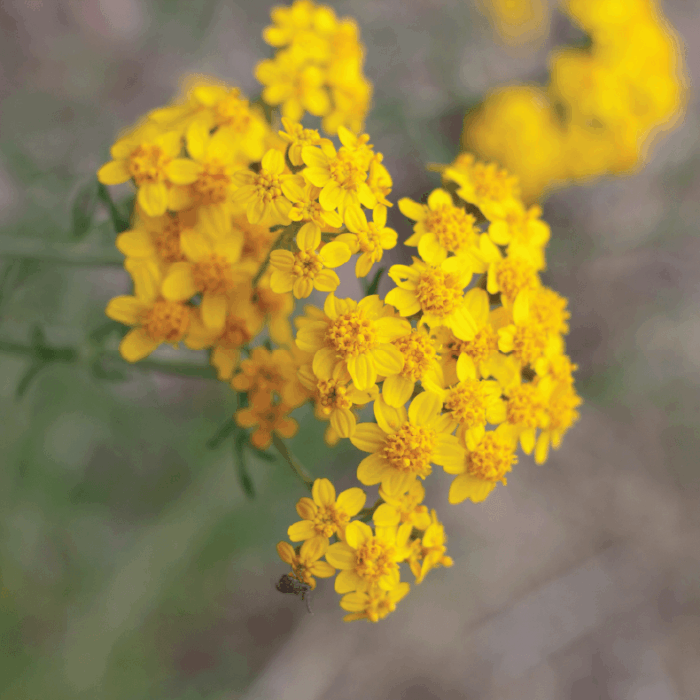

Golden Yarrow
(4.7) - 145 reviews
$183.96/lb
Dry borders, rock gardens, slopes, butterfly gardens, roadside plantings
Southern USDA Regions (8-10), Transitional USDA Regions (6-8)

